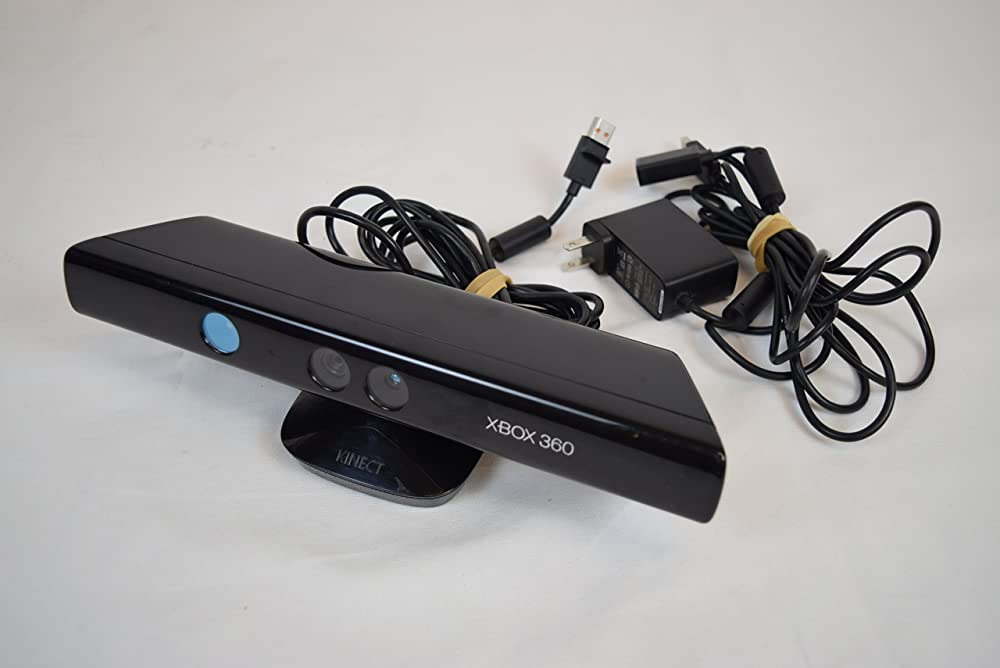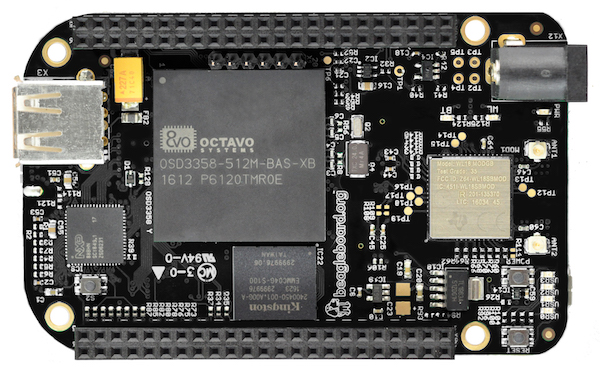Microsoft’s Kinect technology has revolutionized the world of gaming and motion sensing. Kinect is a motion sensing input device developed by Microsoft for Xbox 360 and Xbox One video game consoles. The technology uses cameras, microphones, and depth sensors to track the movement of the player’s body and interpret it as game controls. There have been several versions of Kinect released over the years, but the most popular ones are Kinect 1414 and Kinect 1473. In this article, we will explore the differences between these two versions of Kinect and the cases of their usage.
Kinect 1414 was the first version of Kinect released in 2010. It was designed to be used with Xbox 360 consoles and used a proprietary connector to connect to the console. It had a horizontal bar-shaped design with a motorized pivot that could be tilted up or down. Kinect 1414 had a VGA resolution camera that could capture video at 640×480 pixels and a depth sensor that could track the position of objects up to 3 meters away.
On the other hand, Kinect 1473 was released in 2013 and was designed to work with Xbox One consoles. Unlike the Kinect 1414, Kinect 1473 uses a standard USB 3.0 connector to connect to the console. It has a sleeker and more compact design, and the motorized pivot has been removed. Kinect 1473 has an improved camera that can capture video at 1080p and a better depth sensor that can track objects up to 4.5 meters away.
The differences between Kinect 1414 and Kinect 1473 are significant, and they affect the cases of their usage. Let’s look at some of the cases where these two versions of Kinect are used.
Gaming
Kinect technology was originally developed for gaming, and it remains one of its primary uses. Kinect 1414 is used with Xbox 360 consoles and is compatible with a wide range of games. However, as the gaming industry evolved, so did the need for better technology. Kinect 1473 was developed to work with Xbox One consoles and is optimized for the latest generation of games. It has a better camera and depth sensor, which allows for more accurate tracking and more immersive gameplay.

Health and Fitness
Kinect technology has also been used in the health and fitness industry. Kinect 1414 has been used in various fitness games that track the player’s movements and provide feedback on their form and posture. Kinect 1473, with its improved camera and depth sensor, has taken health and fitness games to the next level. It can track the player’s movements with greater accuracy, which allows for more precise feedback and coaching.
Education
Kinect technology has also been used in education to enhance the learning experience. Kinect 1414 has been used in educational games that teach children about science, history, and other subjects. Kinect 1473 has been used in similar games, but its improved camera and depth sensor have made the learning experience more immersive and engaging.
Motion Sensing
Apart from gaming, health and fitness, and education, Kinect technology has also been used in motion-sensing applications. Kinect 1414 has been used in various motion-sensing applications such as motion capture, gesture recognition, and robotics. Kinect 1473, with its improved camera and depth sensor, has made these applications more accurate and precise.
In conclusion, Kinect technology has revolutionized the way we interact with games and other applications. Kinect 1414 and Kinect 1473 are two versions of Kinect that have been widely used in various applications. Kinect 1414 was the first version of Kinect released in 2010 and was designed to be used with Xbox 360 consoles. Kinect 1473 was released in 2013 and was designed to work with Xbox One
BeagleBone is a popular single-board computer that has gained a significant following among hobbyists, makers, and developers. One of the primary advantages of BeagleBone is its flexibility, which allows it to run different operating systems, including Ubuntu.
Ubuntu is a popular Linux distribution that is renowned for its user-friendly interface, robust security, and broad software library. Installing Ubuntu on BeagleBone can open up a world of possibilities and enable you to run different applications, from web servers and databases to machine learning frameworks and robotics software.

In this article, we’ll walk you through the steps involved in installing Ubuntu on BeagleBone. We’ll assume that you have some basic knowledge of Linux and command-line interfaces, but we’ll try to keep things as simple as possible.
Before we dive into the installation process, let’s go over the prerequisites and the hardware requirements.
Prerequisites:
- A computer with an SD card reader
- A microSD card (4GB or larger)
- A USB to serial adapter (for BeagleBone Black)
- A BeagleBone board (we’ll use BeagleBone Black as an example)
Hardware requirements:
- A BeagleBone Black or BeagleBone Green board
- A microSD card (4GB or larger)
- A USB to serial adapter (for BeagleBone Black)
Once you have these items, you’re ready to begin the installation process. Here are the steps:
Step 1: Download the Ubuntu image
The first step is to download the Ubuntu image that you’ll use to install the operating system on the BeagleBone. You can find the latest Ubuntu image for BeagleBone Black or BeagleBone Green on the official Ubuntu website or the BeagleBone website.
Step 2: Write the image to the microSD card
Once you’ve downloaded the Ubuntu image, the next step is to write it to the microSD card. To do this, you’ll need to use an image writing software such as BalenaEtcher or Rufus.
To write the image, insert the microSD card into your computer’s SD card reader, open the image writing software, select the Ubuntu image, select the microSD card as the target, and click “Flash.” Wait for the software to complete the process, and then eject the microSD card from your computer.
Step 3: Connect the BeagleBone to your computer
Before you can install Ubuntu on BeagleBone, you need to connect the board to your computer. You’ll need to use a USB to serial adapter to connect BeagleBone Black to your computer. Connect the adapter to your computer’s USB port and connect the serial cable to the BeagleBone’s serial port.
Step 4: Power up the BeagleBone
With the USB to serial adapter connected, you can now power up the BeagleBone by connecting it to a power source or USB port on your computer. Wait for the BeagleBone to boot up, and then open a serial terminal program such as PuTTY or minicom on your computer.
Step 5: Configure the BeagleBone
Once you’ve opened the serial terminal program, you’ll need to configure the BeagleBone by setting the boot mode to “microSD.” To do this, enter the following commands:
For BeagleBone Black:
U-Boot# setenv bootargs console=ttyO0,115200n8 root=/dev/mmcblk0p1 ro rootfstype=ext4 rootwait fixrtc
U-Boot# setenv bootcmd 'fatload mmc 0:1 0x82000000 uImage; fatload mmc 0:1 0x88000000 am335x-boneblack.dtb; bootm 0x82000000 - 0